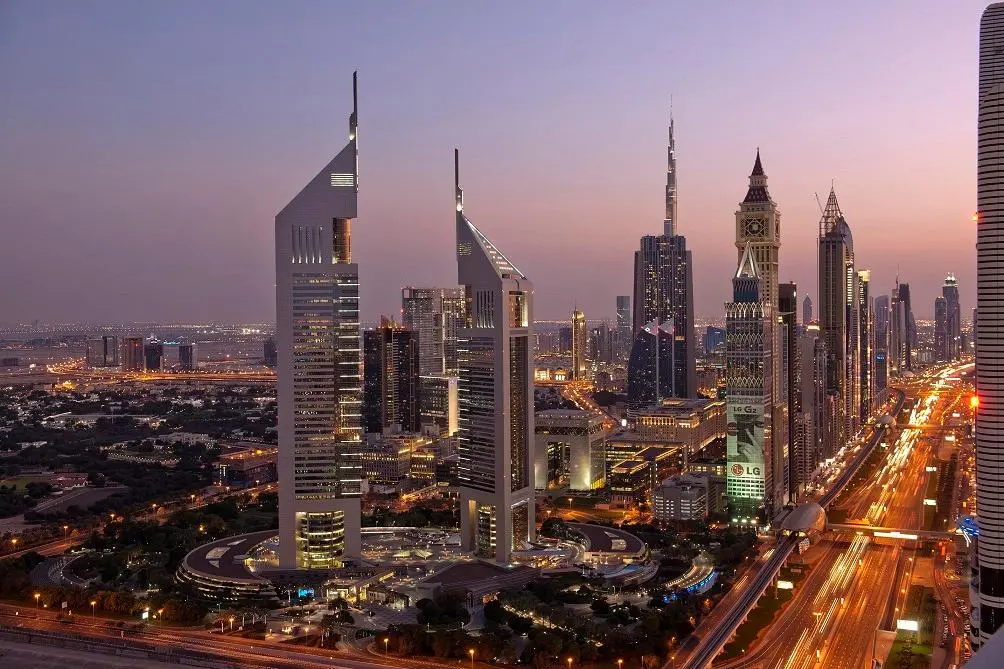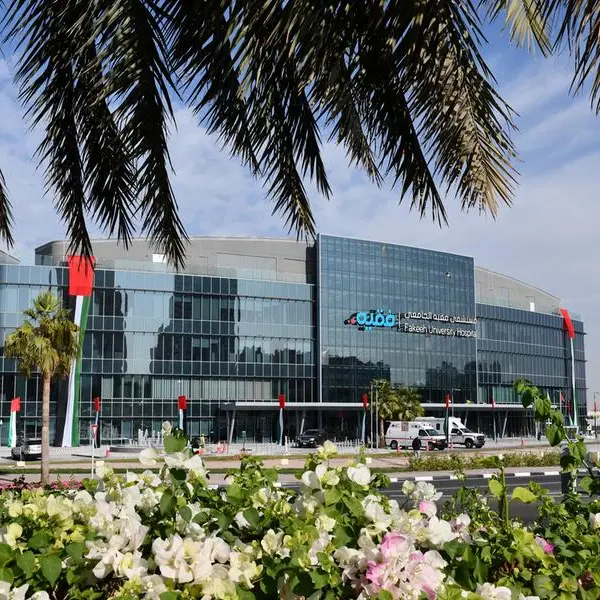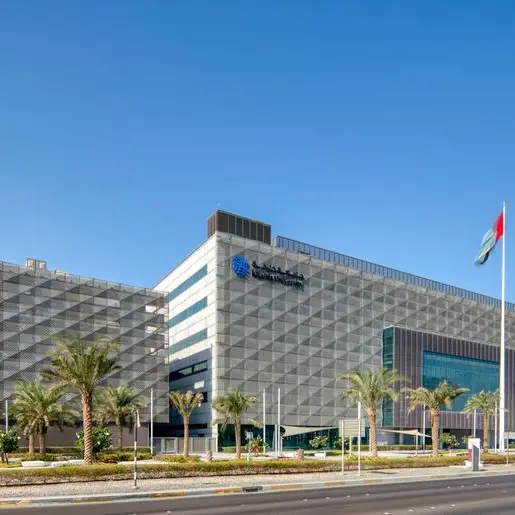PHOTO
Around 28,500 new homes are expected to be delivered in Dubai this year, against announced completion numbers of 56,000 units, according to real estate consultancy Core.
The firm's new Dubai Annual Market Update published on Sunday states that although there are “inflated announced figures forecast in the market”, its conservative estimate is that completions are set to increase this year by 31 percent - up from 21,700 units delivered last year.
The company's report states that Dubai currently has over 512,000 residential units on the market, with 40 percent of last year's total being delivered in the final quarter of the year as large-scale handovers took place at communities including Damac Hills, Hayat Townhouses, Bluewaters Residences and Ola Residences in Motor City.
Core said in its report that it expects the heightened pace of deliveries to stretch into next year “as developers try to align deliveries in the run-up to Expo 2020”, which begins in October next year. It expects 29,500 units to be handed over next year.
Asked about the impact of higher numbers of units onto the market, Core partner David Abood, said in an emailed response to Zawya: “We expect more occupiers to move towards ownership, reflected by the ongoing trend of rising secondary market sales volumes over the last few years - particularly in mortgage sales.”
He added: “However, due to existing vacant/unsold stock and inventories forecast over 2019-2020, sales and rental prices are forecast to remain under pressure in the foreseeable future as the market gradually adjusts to supply and demand dynamics.”
The report showed that 50 percent of the units delivered last year were in three districts: Dubailand (25 percent), Jumeirah Village (13 percent) and Dubai Marina (12 percent). Of this year's anticipated deliveries, 16 percent are expected to be in Dubailand, 14 percent in Jumeirah Village Circle/Triangle and 9 percent both in Downtown Dubai and in Meydan/MBR City. Approximately 81 percent of the units Core expects to complete in 2019 will be apartments, and the remaining 19 percent will be villas or townhouses.
In terms of sales activity, the company said that off-plan sales fell by 30 percent last year, which it said were due to two factors. The first was that there were fewer off-plan launches, and the second was that developers have been holding more stock on their books until schemes moved closer to completion. Total transactions for 2018 fell 13 percent year-on-year to 40,731 units, the company told Zawya.
In a separate report published last month, another consultancy, Cavendish Maxwell, said that the average selling price for apartments across Dubai was just below 1.2 million United Arab Emirates dirhams ($326.8 million) at the end of 2018, which was at the lower end of the 1.2-1.26 million dirhams they traded at during 2018. Average villa / townhouse prices fell by around 22 percent year-on-year to 1.8 million dirhams.
Cavendish Maxwell predicted the number of units to be delivered by developers in 2019 would be “in line with previous years, where annual handovers ranged between 16,000 and 20,000 units”. JLL Mena's head of research, Craig Plumb, told Zawya last month that it expects “around half of the 62,000 (residential) units currently scheduled to actually be delivered this year”.
He said that if 31,000 units were to be delivered, this would represent the highest level of residential completions in Dubai in a single year.
In terms of the office market, more than 3 million sq ft of space is due to be delivered in Dubai this year – 65 percent of which will be in the prime, Grade A market. Abood said that he expects some of this space to be taken up by existing occupiers relocating “to take advantange of tenant favourable market conditions”. Although he expects demand for office space will eventually pick up as regulatory benefits such as dual licensing kick in, “we expect overall market office occupancy rates to remain under pressure - particularly in the secondary tier and strata segment”.
At the end of 2018, Core said vacancy rates in Grade A space in the city stood at 13 percent, but vacancy rates in Grade B and C space now stood at over 30 percent.
Further reading:
- Weekly Q&A: “Construction sector activity in Dubai has recovered over the last couple of years”
- Affordability key to UAE's residential property market
- Dubai residential prices could fall by up to 10% in 2019: Savills
- Updated: EY takes four floors of Dubai's 53-floor ICD Brookfield Place
- Luxury watches, fast cars and hard cash: The incentives offered to brokers at Cityscape Global to help developers shift unsold stock
(Reporting by Michael Fahy; Editing by Mily Chakrabarty)
Our Standards: The Thomson Reuters Trust Principles
Disclaimer: This article is provided for informational purposes only. The content does not provide tax, legal or investment advice or opinion regarding the suitability, value or profitability of any particular security, portfolio or investment strategy. Read our full disclaimer policy here.
© ZAWYA 2019












